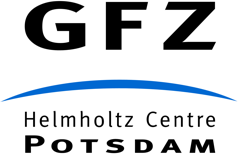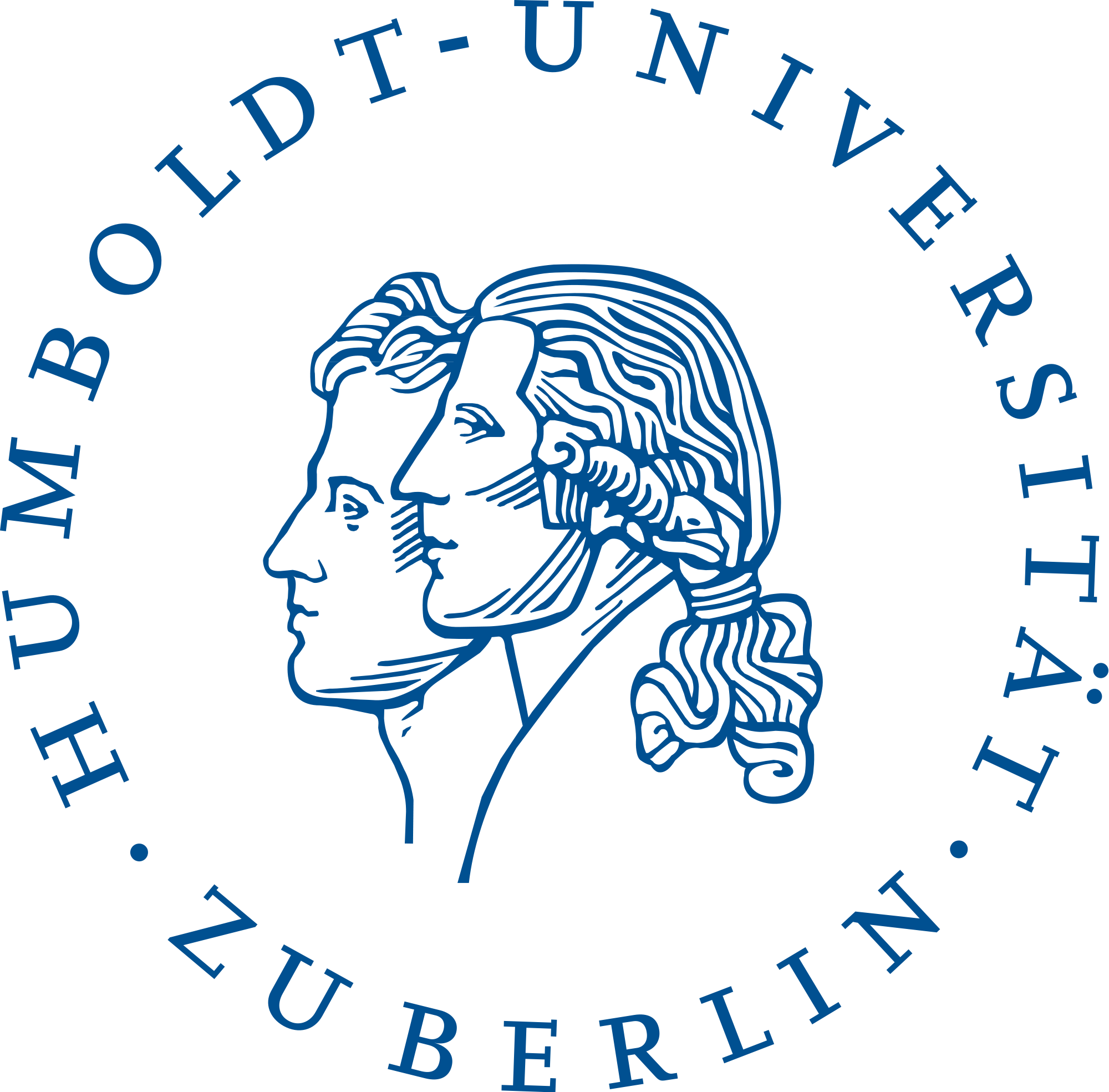Investigating earthquake nucleation through the fast assessment of source parameters
Supervisors: Prof. Frederik Tilmann (GFZ) and Prof. Dr. Ulf Leser (HU)
Project Outline:
The question to what extent earthquake nucleation is a deterministic or a stochastic process has been discussed at least since modern earthquake early warning was invented. Scientific opinions differ between the assumption of a nearly deterministic process and a completely stochastic evolution of the earthquake rupture. Recent research suggests that large events are constituted of smaller subevents. The size of these subevents scales approximately with the size of the main event, making magnitude estimation possible after the first few subevents. The required number subevents for a precise estimation is however unclear.
To answer the question of determinism and stochasticity of earthquake nucleation, the main goal of this PhD project is to develop a fast assessment method for earthquake source parameters, like magnitude and hypocentral location. The time required by the method to obtain a precise estimation of the magnitude is an upper bound on the length of the stochastic nucleation phase. The method is going to be based on modern machine learning techniques, due to their capabilities in extracting patterns from complex data. In contrast to previous approaches that used inferred features of the earthquakes, like their source time function, in this project we want to achieve an assessment based solely on the raw waveforms. This guarantees that the characteristics of the larger earthquakes are actually in the onset phase and do not result from the feature extraction process.
In addition to the question of earthquake nucleation, this project also aims to improve fast assessment methods for earthquake early warning. Current approaches mostly focus on a few hand-picked waveform features to assess earthquake magnitudes. Instead, we want to study methods that offer the possibility to use the full earthquake waveform, thereby increasing massively the amount of available information.
Publications
Münchmeyer, J., Bindi, D., Leser, U., & Tilmann, F. (2021). Earthquake magnitude and location estimation from real time seismic waveforms with a transformer network. Geophysical Journal International.
Weber, L., Sänger, M., Münchmeyer, J., Habibi, M., Leser, U., & Akbik, A. (2021). HunFlair: An Easy-to-Use Tool for State-of-the-Art Biomedical Named Entity Recognition. Bioinformatics.
Münchmeyer, J., Bindi, D., Leser, U., & Tilmann, F. (2020). The transformer earthquake alerting model: A new versatile approach to earthquake early warning. Geophysical Journal International.
Münchmeyer, J., Bindi, D., Sippl, C., Leser, U., & Tilmann, F. (2019). Low uncertainty multifeature magnitude estimation with 3-D corrections and boosting tree regression: application to North Chile. Geophysical Journal International, 220(1), 142-159.
Weber, L.*, Münchmeyer, J.*, Rocktäschel, T., Habibi, M., & Leser, U. (2019). HUNER: Improving Biomedical NER with Pretraining. Bioinformatics. *: Equal contribution
Weber, L., Minervini, P., Münchmeyer, J., Leser, U., & Rocktäschel, T. (2019). NLprolog: Reasoning with Weak Unification for Question Answering in Natural Language. ACL 2019, Florence, Italy.
Trescher, S., Münchmeyer, J., & Leser, U. (2017). Estimating genome-wide regulatory activity from multi-omics data sets using mathematical optimization. BMC systems biology, 11(1), 41.
Methods
- Transfer learning
- Probability calibration
- Probabilistic regression
Programming
Python, C++, Bash
Tools
git, jupyter, conda
ML Algorithms
- Convolutional neural networks
- Transformers
- Mixture density networks
- VAMPNets
Libraries
tensorflow, keras, pytorch, obspy, pyrocko, numpy, scikit-learn, matplotlib, seaborn





